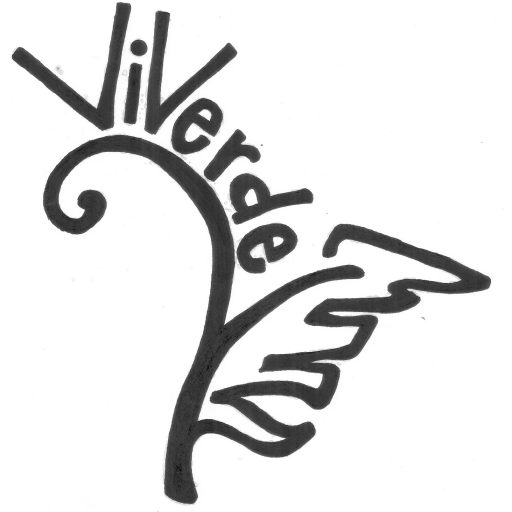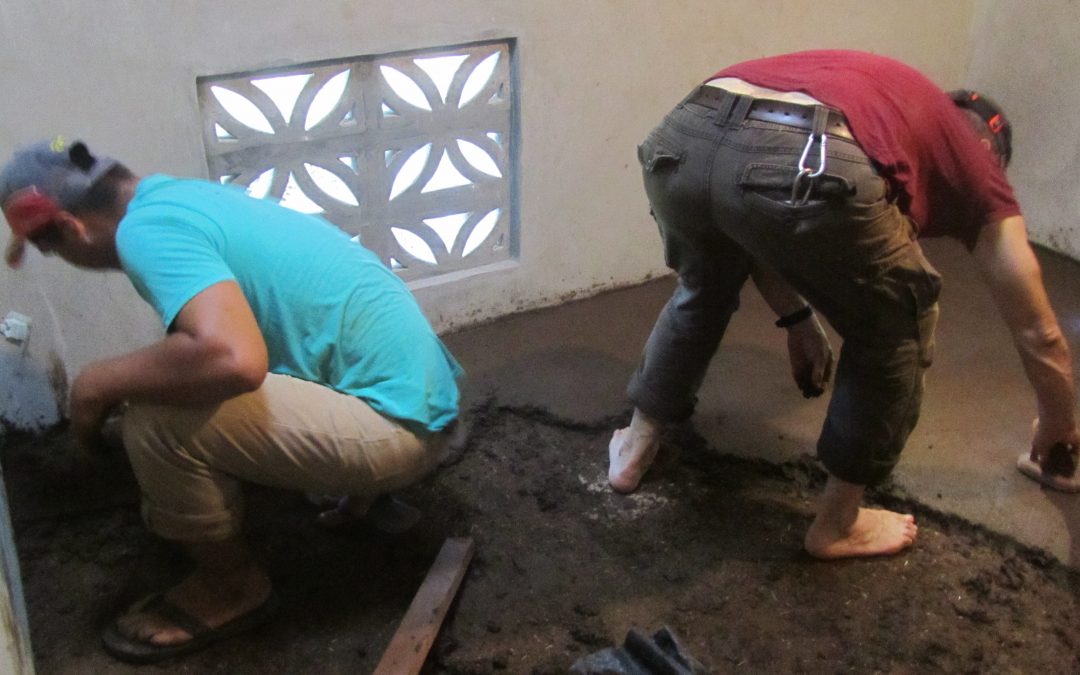The earthen floors in our new guesthouse just received their final coat of “mud paint.” They are now awaiting the application of linseed oil that will harden the surface and make it shine.
You may ask, “What is an earthen floor and why did you choose that?”
An earthen floor is basically a mixture of sand, clay, and straw. Simply, it is a form of poured adobe. We added horse and cow manure and our water was thickened with the mashed stalks of dragon fruit cacti. We have experienced earthen floors in our WOOFing days and we knew they would be beautiful and durable. People describe earthen floors as something between polished concrete and a well-loved hardwood floor. We wanted to demonstrate an alternative to industrial flooring in the four bedrooms of our new guesthouse. Liz Johndrow of Earthen Endeavors has blessed us more than once with her knowledge and and skill in earthen building.
Our floors have four layers:
- 4″ (10cm) of compacted gravel
- 2″ (5cm)inches of rough earthen mix
- 3/4″ (2cm) of fine earthen mix (everything screened finer and the straw chopped into smaller pieces)
- Final layer of clay paint, the finest and most liquid layer
See the main ingredients below: dragon fruit cacti, water thickened with crushed dragon fruit stalks, locally obtained straw, sifted clay (from the property) and sand.
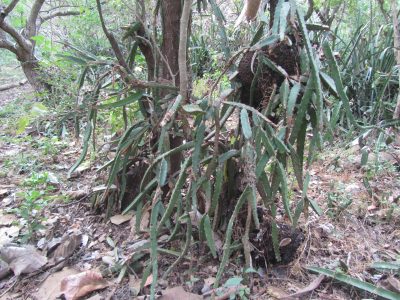
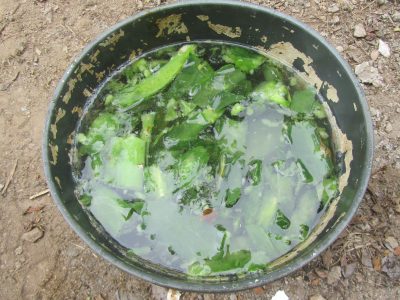
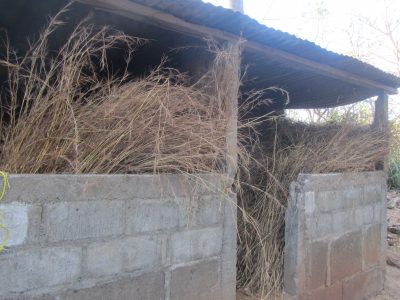
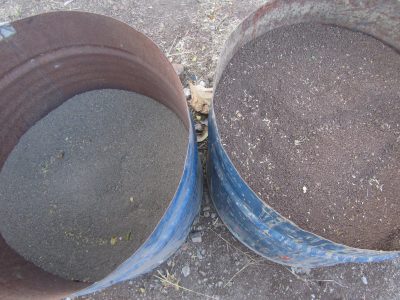
Jose and Juan Lopez mixing the ingredients for one floor.
Juan Sanchez and Gerard applying the second layer.
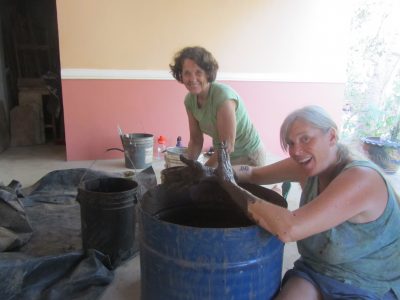
Liz Johndrow mixing the clay paint, with Diane.
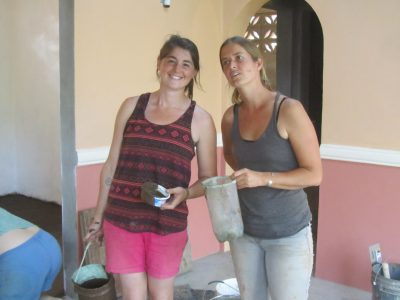
Sara Tamler and Kate Hubbell, expert natural builders who helped us with the final coat.
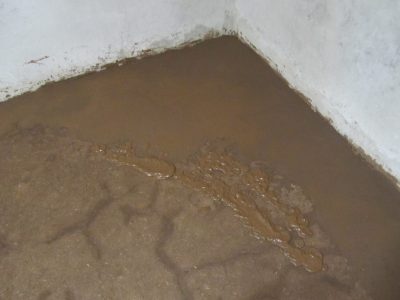
After the cracks in the second layer were filled, a thin coat of clay “paint” was applied.
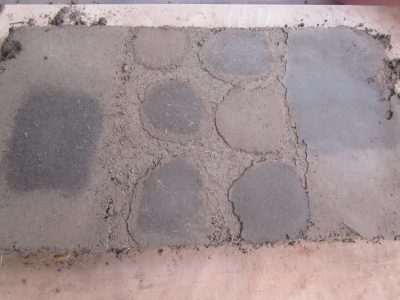
Earthen floor samples with varying amounts of straw, showing the darkening and shine once linseed oil is applied.
Want to experience the beauty of the earthen floors in our guesthouse? Organize an educational group trip to ViVerde.
